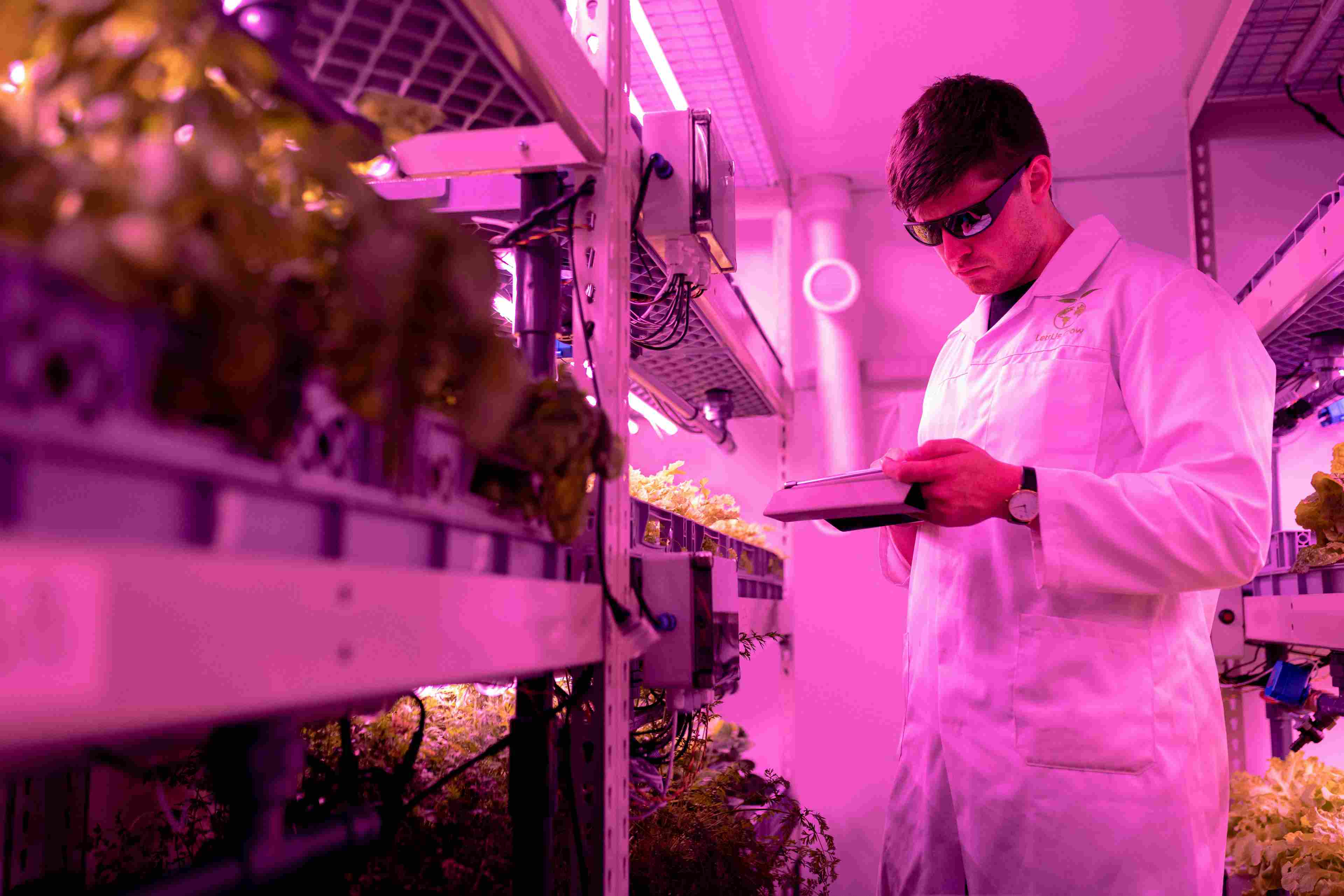
Bogotá, Colombia (Enmaeya News) — Banana-growing regions in countries such as Guatemala, Costa Rica, and Colombia are under increasing threat from the climate crisis.
Rising temperatures, extreme weather, and climate-related pests may make nearly two-thirds of current cultivation areas unsuitable by 2080.
Bananas are the fourth most important food crop globally, after wheat, rice, and maize. About 80% of bananas produced worldwide are consumed locally, and over 400 million people rely on them for 15% to 27% of their daily calories.
The crop also supports the livelihoods of countless rural communities, many of whom contribute little to the greenhouse gas emissions driving climate change.
The cavendish banana, which dominates global exports, is particularly vulnerable due to its lack of genetic diversity. Sensitive to temperature, water levels, and storms, cavendish plants struggle to survive extreme conditions.
Climate change is also accelerating the spread of fungal diseases, including black leaf fungus and fusarium tropical race 4, which can devastate entire plantations and reduce photosynthesis by up to 80%.
The ongoing threats to bananas highlight the urgent need for climate action. Wealthy, high-emission nations are being urged to reduce fossil fuel use and provide financial support to help communities adapt. Without intervention, both the fruit and the livelihoods it supports face serious, long-term risks.






